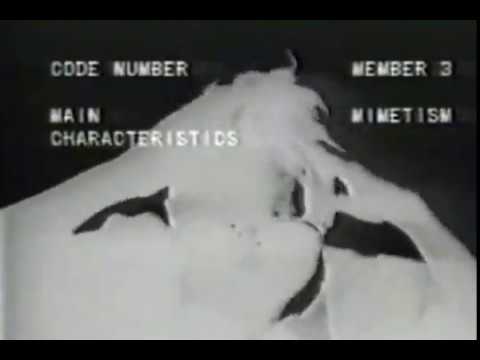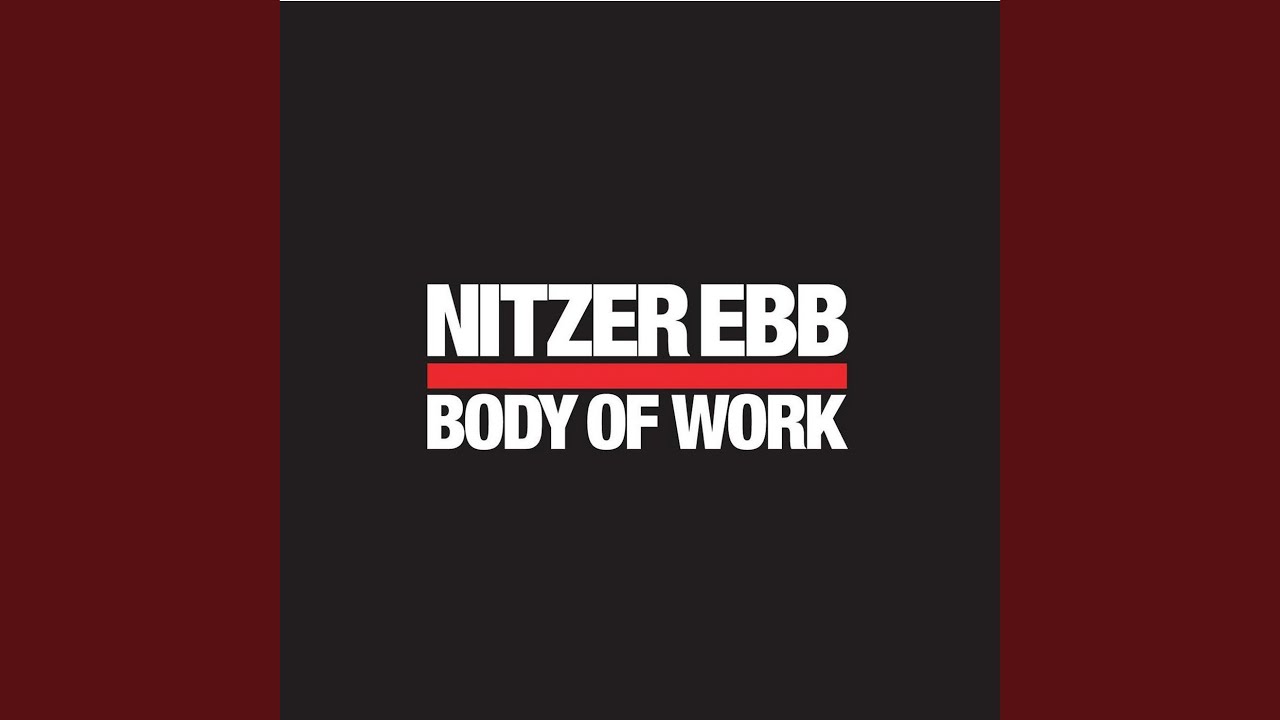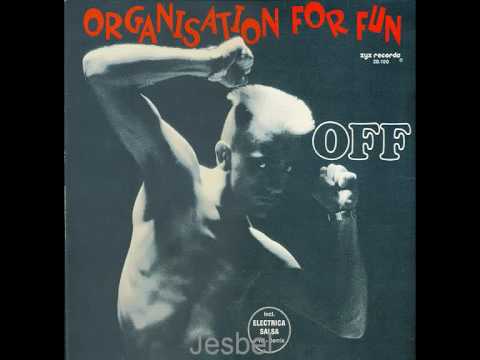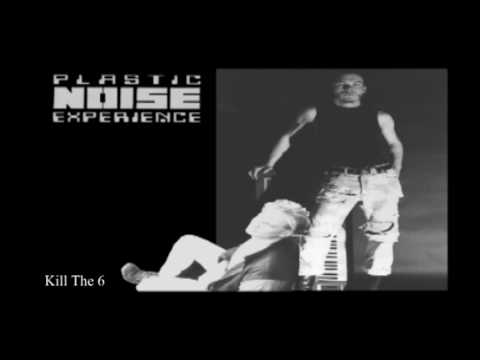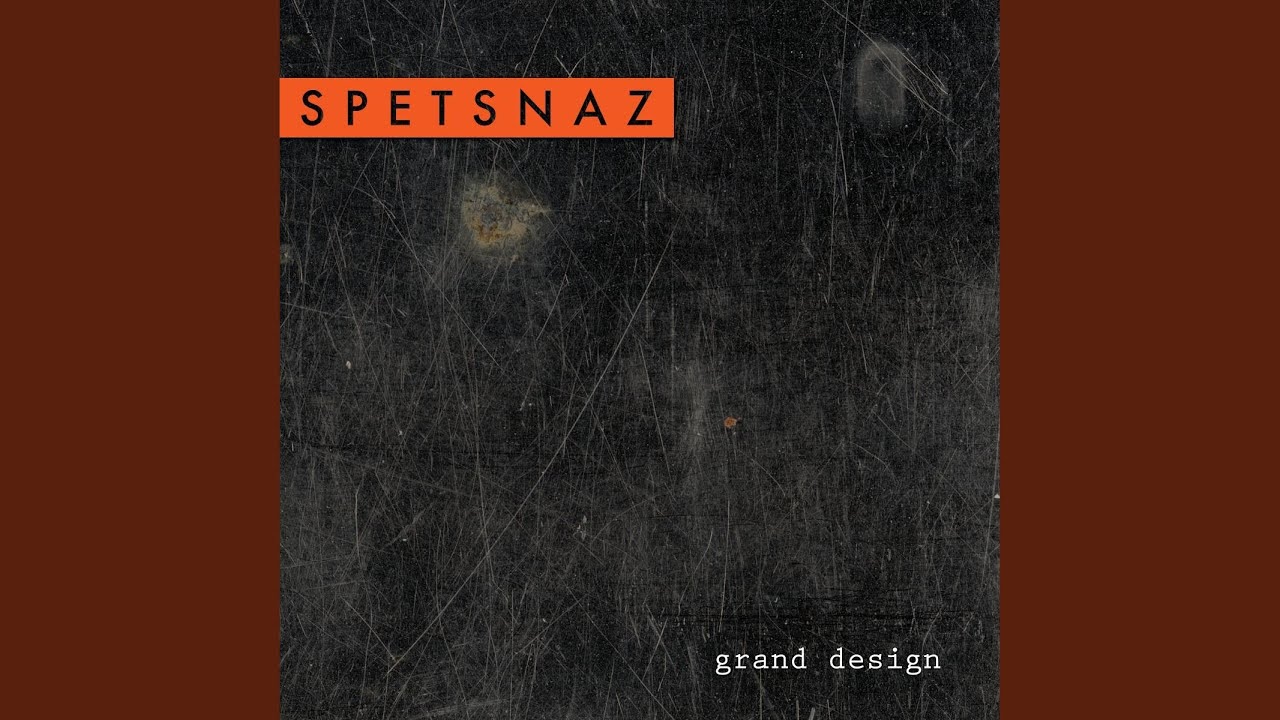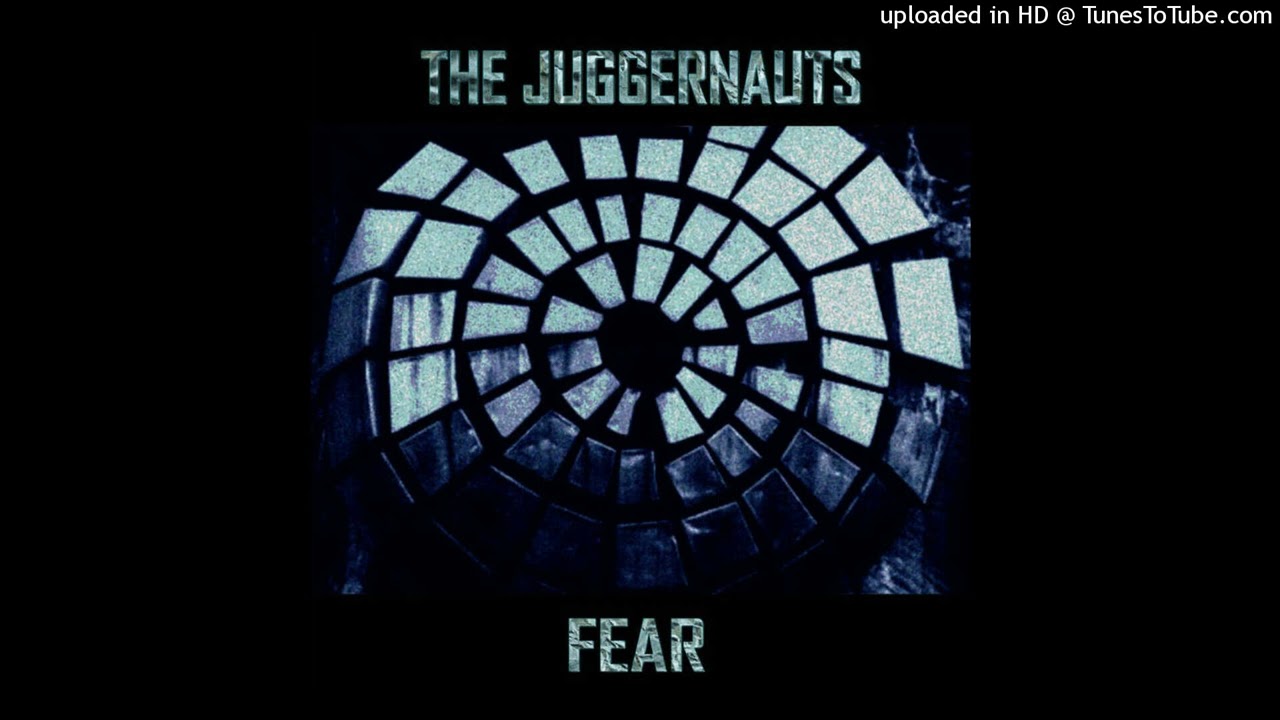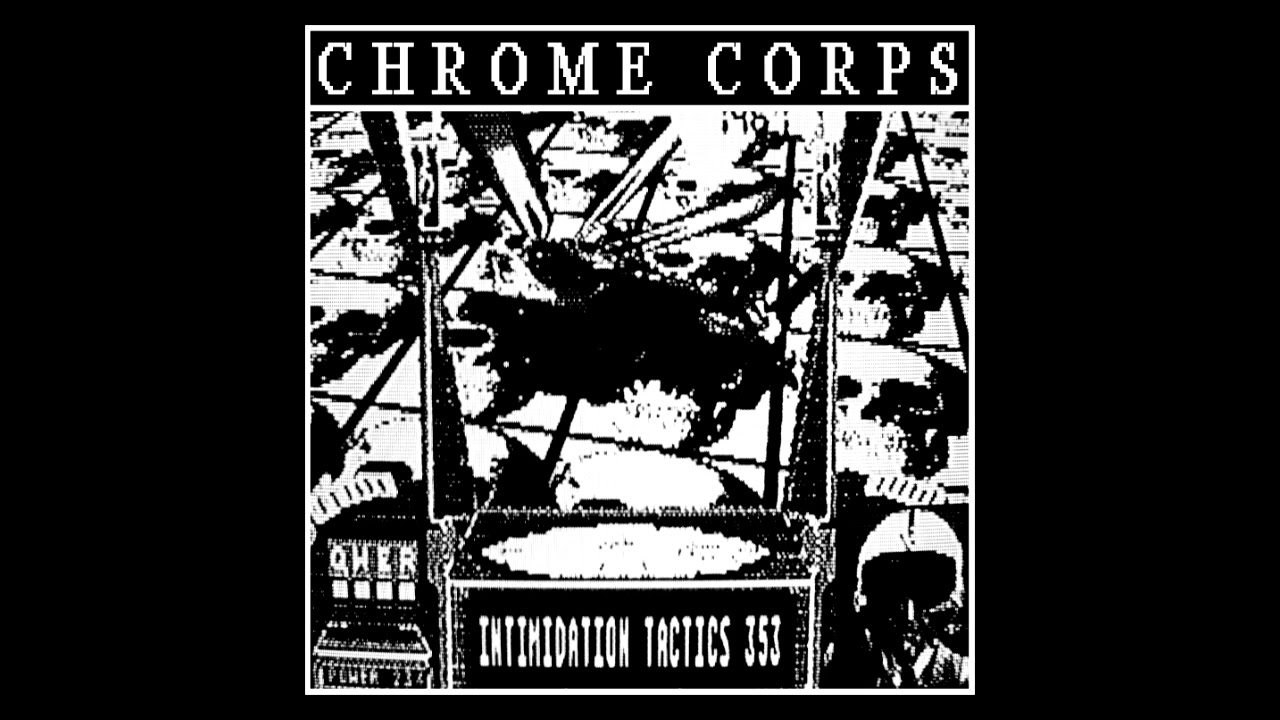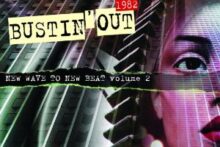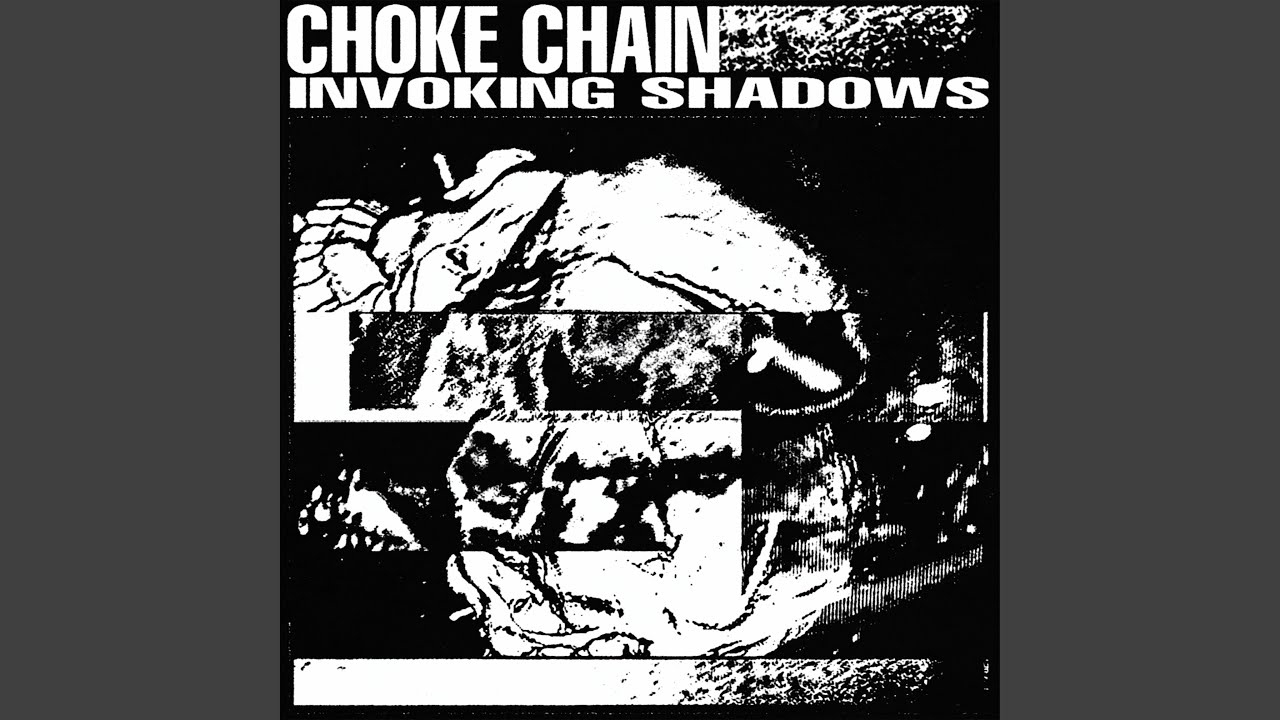Emerging in late 1970s Europe, EBM (Electronic Body Music) fused hard, minimal beats with provocative lyrics and aggressive performances. Born from a stark, pulsating response to post-punk and experimental electronic scenes, EBM catalysed a wave of underground subcultures that shaped club landscapes across Europe and beyond. Our new book, Electronic Body Music delves into this evolution through extensive research, interviews, and rare imagery, chronicling how EBM’s blend of industrial noise, synthpop, and punk aesthetics forged a legacy that continues to influence contemporary electronic music.
Pioneering artists such as Front 242, Nitzer Ebb, Die Krupps, DAF, Skinny Puppy, and The Klinik embraced a DIY ethos, often utilising makeshift studios with early synthesizers, drum machines, and tape decks. Jürgen Engler of Die Krupps even invented the Stahlophon, an iconic metal percussion instrument. Skinny Puppy and Front 242 pushed the sonic limits of samplers and reel-to-reel tape, while Nitzer Ebb’s relentless rhythms were shaped by the raw power of early sequencers. Cabaret Voltaire’s experimental tape splicing and Leæther Strip’s darker, more intense edge reflected the gritty, dystopian nature of their sound.
These artists were not merely musicians but innovators, repurposing limited technology to craft an aggressive, immersive sound that resonated with the rebellious spirit of their era. This global movement, spanning Belgium, Germany, Canada, and beyond, laid the groundwork for decades of electronic music. The DIY experimentation that birthed EBM continues to inspire new generations, affirming the genre’s raw energy and creative vision.
This playlist serves as a sonic journey through EBM’s evolution, showcasing ten key tracks that represent over four decades of its revolutionary sound – from industrial roots to modern influences. Whether revisiting the genre or discovering it anew, this curated selection invites you to experience the enduring pulse of Electronic Body Music.
Front 242, ‘U-Men’
Released in 1982 on their debut album Geography, ‘U-Men’ stands as one of Front 242’s most punk-leaning tracks, capturing the raw energy of their early years in Belgium. While the band would later define the sleek, militaristic edge of EBM, ‘U-Men’ testifies to their post-punk roots. Driven by fast, relentless beats and jagged synth lines, the track channels the rebellious spirit of the underground scene. Jean-Luc De Meyer’s vocals exude urgency and sneering aggression, making ‘U-Men’ feel more confrontational than the band’s later, more polished work. At a time when electronic music was often cold and mechanical, ‘U-Men’ injected rawness and attitude, bridging industrial experimentation and punk’s anti-establishment ethos. This track captures Front 242’s early explorative spirit, where their DIY spirit laid the groundwork for the darker, more refined sound to come.
Nitzer Ebb, ‘Warsaw Ghetto’
Released in 1985, ‘Warsaw Ghetto’ by British band Nitzer Ebb embodies the raw, minimalist power of early EBM. Renowned for their stripped-down sound, Nitzer Ebb harnessed pounding, repetitive drum machine rhythms and stark synthesizer riffs to create aggressive, hypnotic music. Douglas McCarthy’s commanding vocals, delivered with a militaristic edge, reflect the bleak industrial landscapes central to the EBM movement. At the time, Nitzer Ebb’s sound was a radical departure from polished, melodic electronic music, solidifying their status as one of the genre’s defining acts. Its stark, visceral quality captured the rebellious spirit of the era, setting the tone for the confrontational, body-driven energy that would dominate club scenes across Europe.
OFF, ‘Be My Dream’
Released in 1986, ‘Be My Dream’ by German act OFF (fronted by the legendary Sven Väth) captures the playful yet driving energy that shaped early EBM. Väth, a visionary in electronic music, was experimenting with the raw, industrial sounds that defined EBM’s rise. ‘Be My Dream’ combines punchy synth melodies with rigid, mechanical rhythms, creating an irresistible tension between pop sensibilities and cold precision. The track exemplifies the balance between danceability and confrontation that EBM mastered in its early days, bridging underground electronic music and emerging club culture in Europe. Väth’s later work would veer towards the melodic, but ‘Be My Dream’ stands as a testament to his foundational role in EBM, capturing a moment when electronic music began to break free of its boundaries.
Leæther Strip, ‘Strap Me Down’
Released in 1992 on Zoth Ommog, ‘Strap Me Down’ represents one of Leæther Strip’s quintessential EBM tracks. Hailing from Denmark, Claus Larsen’s aggressive beats and cold, mechanical synth lines embody the raw intensity defining the genre. The song’s relentless rhythms and dark, provocative lyrics explore themes of dominance and control, perfectly encapsulating EBM’s confrontational energy. ‘Strap Me Down’ is a potent example of Leæther Strip’s fusion of EBM with industrial influences, showcasing their ability to create a sound that is both aggressive and hypnotic. The driving bassline and minimalistic production emphasize the track’s urgency, while Larsen’s commanding vocals add a layer of menace, solidifying it as a staple within the electronic music landscape.
Bigod 20, ‘Body to Body
Released in 1991 on The Beating of Hearts, ‘Body to Body’ by Germany’s Bigod 20 exemplifies the group’s unique blend of EBM and acid house influences. Featuring energetic beats, catchy synth melodies, and a pulsating bassline, the track creates an infectious dancefloor vibe. Lyrically, ‘Body to Body’ explores themes of connection and intimacy, emphasising physical experiences and the joy of dancing. The song’s engaging energy and provocative lyrics reflect the early 90s electronic scene’s exploration of body and identity, resonating with the club culture of the time. Bigod 20’s innovative sound, marked by hard-hitting rhythms and melodic elements, positions ‘Body to Body’ as a memorable anthem within the EBM genre.
Talla 2XLC, a founding member of Bigod 20, played a key role in shaping their sound. A pioneering figure in the German electronic scene, Talla 2XLC later shifted focus to techno, where he continued to influence the genre. His work as a DJ, producer, and founder of Frankfurt’s Technoclub helped cement his legacy as a key figure in the evolution of electronic music.
Plastic Noise Experience, ‘Kill the 6’
Released in 1996 on Psychonavigation, ‘Kill the 6’ by Plastic Noise Experience stands as a compelling example of EBM’s evolution in the mid-90s. The track features a relentless, driving beat that propels the listener forward, creating an energetic atmosphere perfect for the dance floor. With harsh, industrial synth lines and mechanical soundscapes, ‘Kill the 6’ captures the raw intensity that characterises the genre while exploring darker themes of chaos and rebellion. Commanding vocals deliver fierce urgency, echoing the confrontational spirit inherent in EBM. By blending industrial and techno elements, Plastic Noise Experience showcase their ability to push boundaries while remaining true to their roots, highlighting the innovative spirit of the era and solidifying their place in the pantheon of EBM.
Spetsnaz, ‘Grand Design’
Released in 2006 on Grand Design, this track exemplifies Spetsnaz’s signature blend of EBM and industrial sounds from Sweden. The band channels high-energy vibes with pulsating beats and sharp synths, crafting an immersive auditory experience. ‘Grand Design’ showcases powerful vocals and a relentless rhythm embodying the confrontational spirit of EBM, exploring themes of control and existence. This track is not only a dance floor favorite but also a reflective piece within their discography, highlighting Spetsnaz’s innovative approach to the genre.
The Juggernauts, ‘FEAR’
Released in 2014, ‘FEAR’ by Belgian band The Juggernauts exemplifies their EBM-inspired sound. Pulsating beats and aggressive synth lines create an urgent, immersive atmosphere typical of the genre. The lyrics delve into themes of existential dread and societal anxiety, resonating with contemporary listeners. This dynamic blend of visceral energy and thought-provoking content showcases The Juggernauts’ ability to merge emotional depth with danceable rhythms, solidifying their place within the EBM scene while appealing to both genre purists and newcomers alike.
Chrome Corpse, ‘B.I.E.T.’
Released in 2017 on their self-titled debut album, ‘B.I.E.T.’ from Chrome Corpse showcases the band’s strong EBM roots while pushing the genre’s boundaries. Hailing from Seattle, Washington, Chrome Corpse combine aggressive beats with harsh, industrial synths, creating a sound that is both danceable and confrontational. Commanding vocals echo themes of chaos and rebellion, reflecting the band’s dedication to the darker elements of electronic music. ‘B.I.E.T.’ serves as a prime example of their ability to merge intensity with infectious energy, making it a standout track in their discography.
Choke Chain, ‘Nightfall’
With its brutal rhythms and shadowy atmosphere, ‘Nightfall’ pushes the boundaries of EBM while staying true to its origins of power and rebellion. Choke Chain’s relentless, high-energy approach exemplifies the evolution of EBM in the 2020s, combining modern production with the gritty, mechanical intensity that has always defined the genre. ‘Nightfall’ is a fierce, driving anthem, perfectly embodying Choke Chain’s ability to blend raw emotion with industrial power.
Electronic Body Music by Yuma Hampejs & Marcel Schulze is published by Mionaetti


